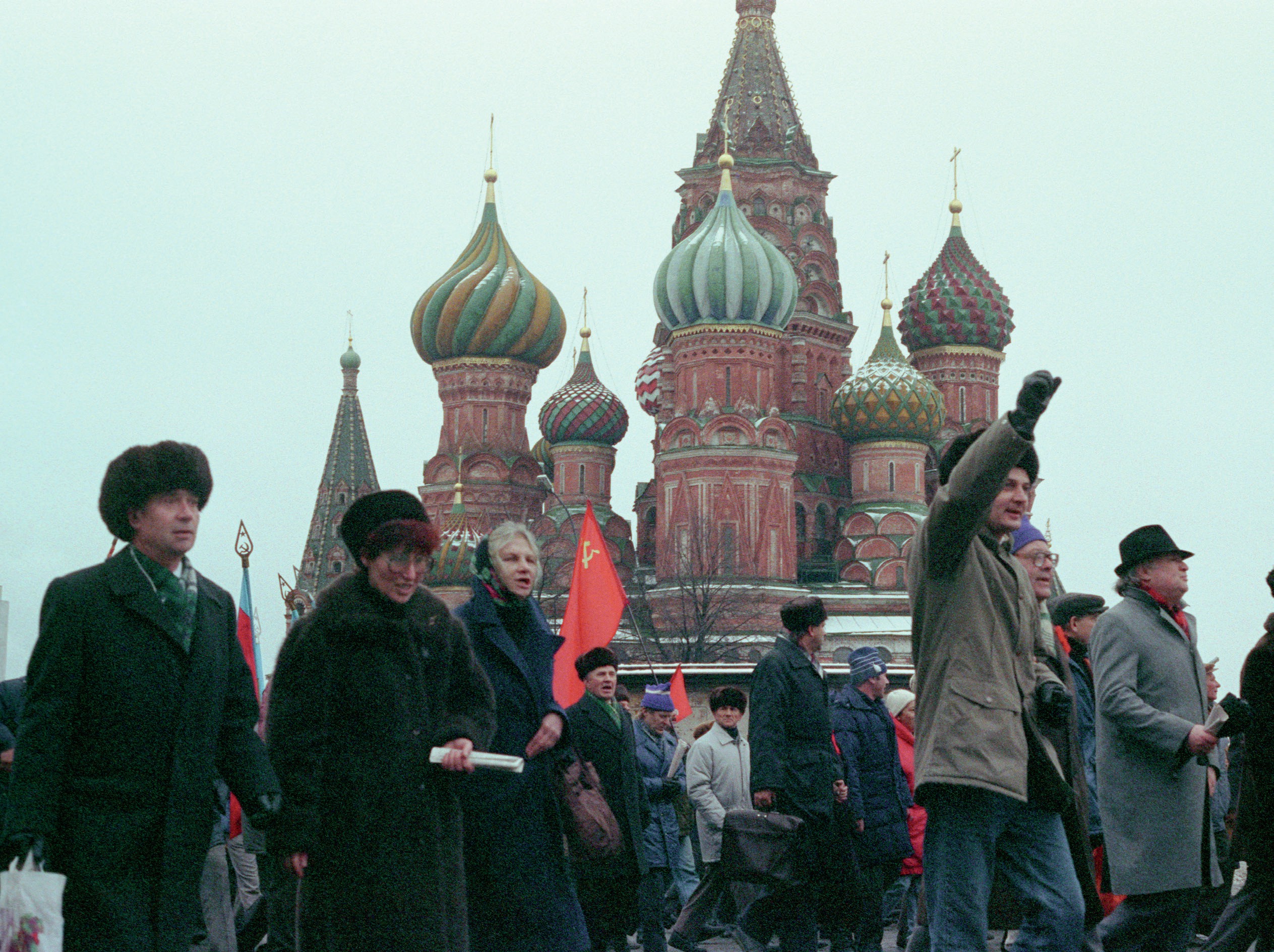
In 1985, Mikhail Gorbachev became the eighth leader of the USSR and arguably the most powerful man in the world. The Soviet Union was the largest country on Earth, with a population of 277 million. It also had control of the satellite states of Eastern Europe. It was one of two superpowers facing off in the Cold War —a conflict which had been going on for 40 years and which had brought the world to the brink of annihilation. The Soviet military had amassed a stockpile of 45,000 nuclear warheads and 5.3 million people served in the armed forces.
Yet on Christmas Day in 1991, Gorbachev resigned and the USSR was declared to be no more. The country split into a number of smaller states and the Eastern bloc freed itself from Moscow’s influence. The collapse of the Soviet Union was spectacular and rapid. But how did it happen? How did a superpower become extinct in just 6 years?
Your organisation does not have access to this article.
Sign up today to give your students the edge they need to achieve their best grades with subject expertise
Subscribe




